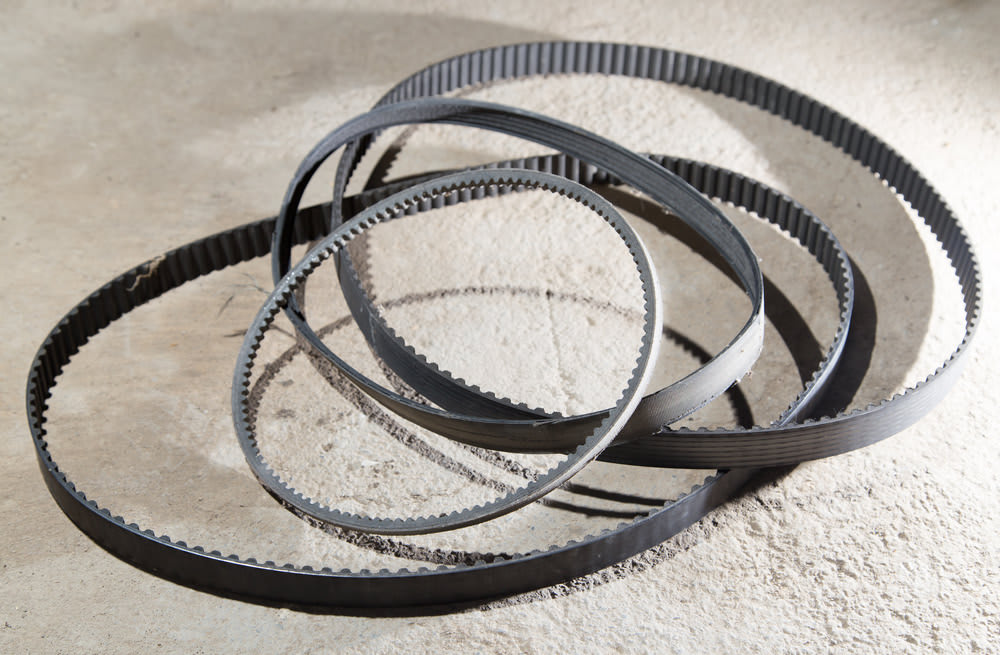

Automotive belts these days last quite a bit longer than they once did, thanks to better materials used in the manufacturing process. Just the same, they’re not going to last forever. So if you’re wondering, “How long should belts in a car last?” that’s a perfectly reasonable question. At some point, you will have to replace a belt, and ideally, you want to do it before it fails.
How long do car belts last?
In order to get an accurate assessment of how long your car belts are likely to last, you really should have a hands-on inspection done by a qualified mechanic, but you might be able to get a ball-park idea by providing the model, age, and mileage on your car. It would also be helpful if you know when the belt you’re concerned about was last replaced.
If you’re concerned about your belts, you can do a visual inspection. Some things, like cracks, fraying, chunks missing or visible glazing are proof that the belt needs to be replaced. Also, if a belt has been contaminated with oil or grease, it should definitely be replaced – the belt is going to deteriorate.
If your vehicle is equipped with v belts, they should be replaced within 3 years, or 40,000 miles. Beyond this point, car belt life will be dramatically reduced.
How often should belts be replaced?
Most cars today actually operate using a single belt, called a serpentine belt. Generally speaking, you should replace it every 3 years – more often if you notice wear or missing teeth – unless it’s made from EPDM (ethylene propylene diene monomer). This compound has been in use since 2005, and belts made from it are frequently found in newer vehicles. They’re usually good for 10 years or 150,000 miles. Even so, don’t neglect your car belt maintenance. It’s still a good idea to have a mechanic check the belt from time to time. Usually they’ll do this as a courtesy if you’re in for an oil change or other servicing.
Although replacement recommendations are usually based on years or mileage, the conditions your vehicle is subjected to can also affect the life of the belt. For instance, if you’re constantly driving through water, or if you live in an area where the weather is extreme (freezing in winter or in the triple digits in summer), this will lower the life expectancy of your belt.
So, make sure you maintain your belts properly, and replace when needed. The consequences of a broken belt can be expensive, and prevention is always preferable to repair.



